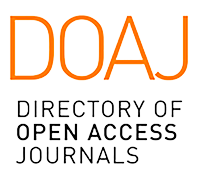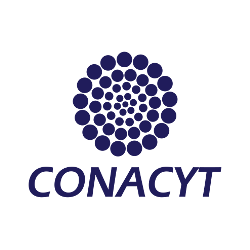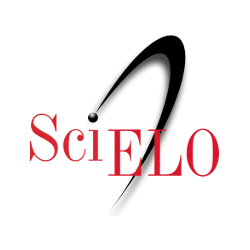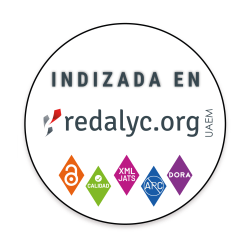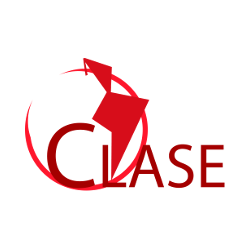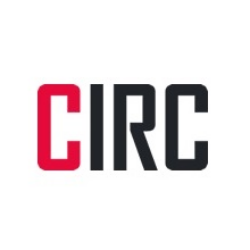Resumen
Desde principios del siglo XX, se ha creído que los enconchados se relacionan con objetos asiáticos o mesoamericanos. Los marcos enconchados, parte muy significativa de las obras, demuestran que la relación se produjo, concretamente, con las lacas japonesas namban. Las pinturas embutidas de concha se apropiaron de la ornamentación de las obras japonesas a partir de las concepciones pictóricas novohispanas, pues los hallazgos técnicos prueban que los enconchados son muy cercanos a las pinturas que omiten el nácar. La producción se conoce, principalmente, por las obras de alto nivel conservadas, pero la información documental prueba que alcanzó a amplios grupos sociales. Este texto discute dichos temas y aclara que la hibridación de formas obedece a concepciones artísticas exclusivas de la Nueva España.
Descargas
Los datos de descargas todavía no están disponibles.
